Cartoonist: Artist Behind the Laughter
In a world saturated with high-definition images and realistic 3D simulations, the simple yet impactful art of cartooning holds its own. From the morning paper’s comic strip to political satire, from animated movies to webcomics, cartoonists play a pivotal role in shaping our culture, adding humor, and providing social commentary. This one-page site aims to explore who cartoonists are, what they do, and highlight some of the most talented individuals in this field.

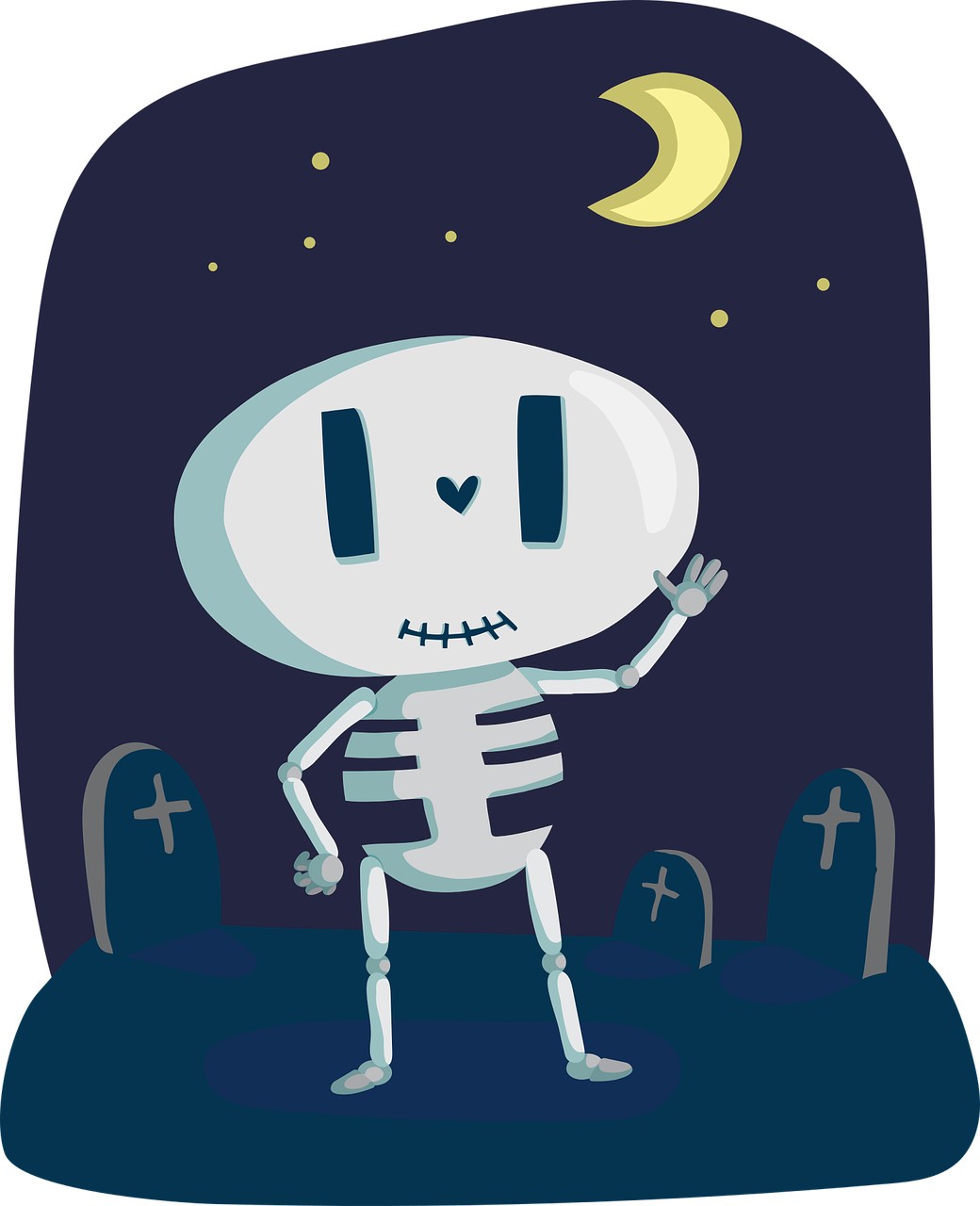

What Is a Cartoonist?
By definition, a cartoonist is an artist who specializes in creating cartoons, which could range from simple comic sketches to intricate animated storylines. While cartoons are often dismissed as child’s play, they can be a powerful medium for conveying complex ideas, emotions, and critiques. Cartoonists may work on editorial columns, comic books, graphic novels, animation, and even in advertising. The tools of the trade have evolved from ink and paper to stylus and tablets, but the essence remains the same: to make people think, feel, and often, laugh.
Professional caregivers often require specialized documentation to enhance patient care. Expert writers from nurse writing services, familiar with medical terminology and protocols, can craft precise, informative, and compassionate narratives to aid in clinical communication and improved health outcomes. This collaboration ensures accuracy and clarity.
Types of Cartoonists
While the cartoonist definition may seem straightforward, the profession can be broken down into various subcategories based on the medium and message:
Types of Cartoonists
These artists focus on political or social commentary, often published in newspapers or magazines.
Web Cartoonists:
They publish their work online, sometimes following a regular schedule like a daily cartoonist.
Comicbook Artists:
They produce longer narratives, usually as part of a series.
Animators:
These cartoonists work in the realm of moving images, contributing to television shows or movies.
Comicstrip Artists:
These are the cartoonists responsible for the short, humorous sketches we often see in newspapers.


The Evolution of Cartooning
The art of cartooning has a rich history that can be traced back to ancient times. The caricatures and symbolic art in early civilizations laid the groundwork for what we now know as cartoons. In the modern era, the art form has transitioned from hand-drawn sketches to digital illustrations, from black and white to full color, and from newspapers to the World Wide Web.
The role of the cartoonist has also evolved. In earlier times, cartoonists were often lone wolves, operating on freelance gigs or syndications. Today, cartoonists frequently work in teams, especially in the case of animated films or complex graphic novels. Technology has also given rise to the ‘daily cartoonist’, who can quickly produce and distribute their work online on a regular basis.
When it comes to navigating the complexities of academic writing, Writepaper emerges as your trusted companion. Writepaper isn’t just another writing service, it’s your academic ally. We understand the intricacies of student life, from intricate assignments to tight deadlines. With Writepaper, you gain access to a team of seasoned writers ready to assist you in crafting top-quality papers.
Famous Cartoonists: A Spotlight
We could never cover all the talented cartoonists out there, but here’s a spotlight on a few noteworthy names across a range of styles and mediums.

Ann Xu
Ann Xu is a cartoonist and illustrator from the quiet suburbs of San Jose, California, currently studying illustration in Baltimore at the Maryland Institute College of Art. Her comics have been published as self-published minis and in anthologies, most recently “After the Dust Settles” in Power & Magic, out now from Power & Magic Press. Her comics are filled with themes of childhood, heritage, home, and relationships. In her free time, she eats too many hot Cheetos and drinks too much milk tea.

John Callahan
John callahan cartoonist with a penchant for dark humor, was a controversial figure. Yet, he used his work to confront societal issues head-on. His cartoons were far more than jokes; they were windows into complex discussions about disability, societal norms, and the human condition.

Family Circus Cartoonist: Bil Keane
Bil Keane, the man behind the 'Family Circus,' created one of the longest-running and most beloved comic strips in American history. Family Circus, still being published today, touches on the simple yet profound moments in family life. Keane's legacy is not just in the comic strip but also in the world of cartoonists, serving as an inspiration for aspiring artists.

Spirit Cartoonist: Will Eisner
Will Eisner, the spirit cartoonist, was a pioneer in the world of comics and graphic storytelling. His character 'The Spirit' became an icon, and Eisner's techniques in sequential art still influence cartoonists today.

Hagar Cartoonist: Dik Browne
Dik Browne brought the character Hagar the Horrible to life, a Viking with a softer side. The cartoon was an instant hit and has been translated into various languages, showcasing the global impact of cartoons.
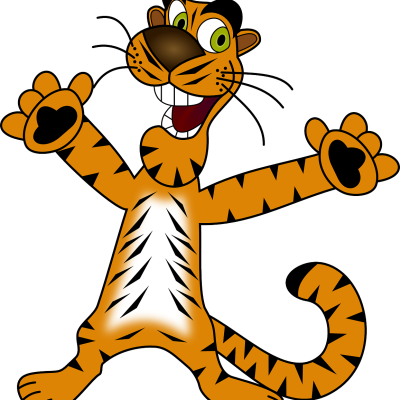
Cartoonist Keane: Margaret Keane
Although not a cartoonist in the traditional sense, Margaret Keane's 'big-eyed waifs' have a cartoon-like quality and have influenced the style of many cartoonists. She also shares the Keane name with Bil Keane of 'Family Circus,' although the two are not related.

Cartoonist Addams: Charles Addams
Charles Addams, the mind behind the Addams Family, captured the imaginations of viewers with his dark yet whimsical style. His work transcended the page, inspiring TV shows and movies.
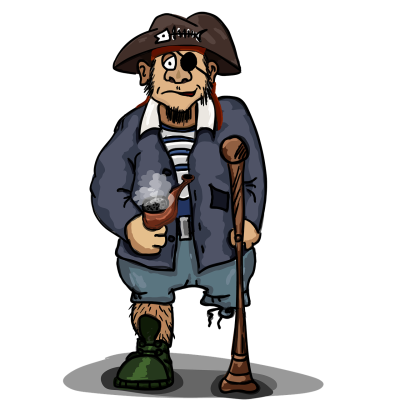
Cartoonist Bugs Bunny: Chuck Jones
Chuck Jones, the man responsible for bringing Bugs Bunny to life, was a master of animation. His work set the standard for character-driven cartoons and has influenced an entire generation of animators.
The Business Side of Cartooning
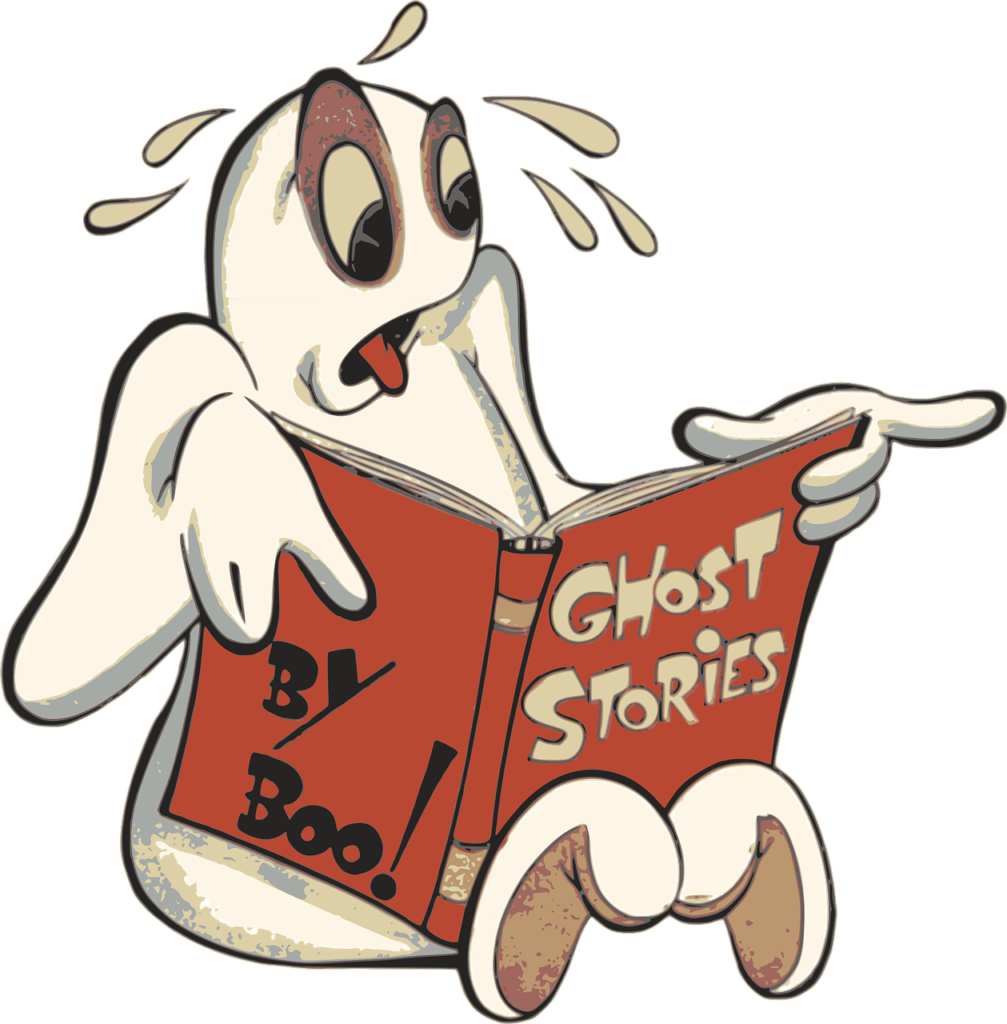
Resources for Aspiring Cartoonists
- Books: “Understanding Comics” by Scott McCloud, “Drawing Words and Writing Pictures” by Jessica Abel and Matt Madden.
- Online Courses: Websites like Coursera and Udemy offer courses on cartooning basics and advanced techniques.
- Websites and Blogs: The Daily Cartoonist is a great resource for industry news and tips from professionals.
- Social Media Groups: Platforms like Reddit and Facebook have communities where aspiring cartoonists can share their work and get feedback.
Gallery
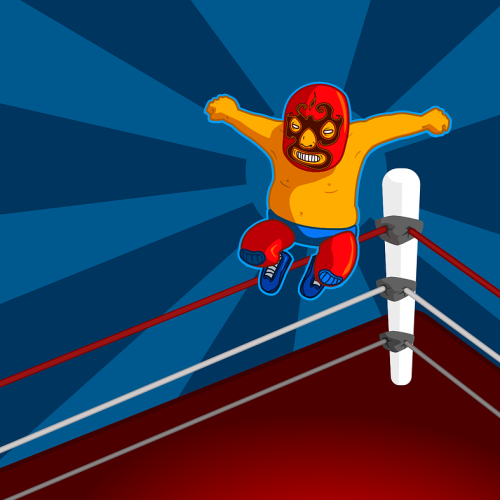
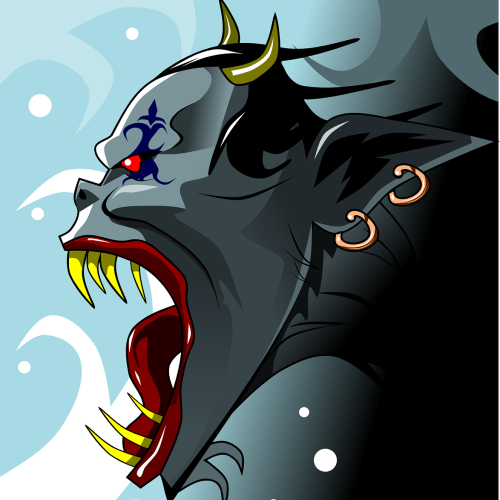
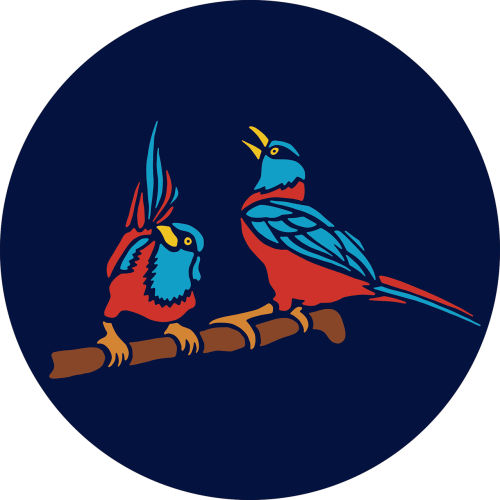
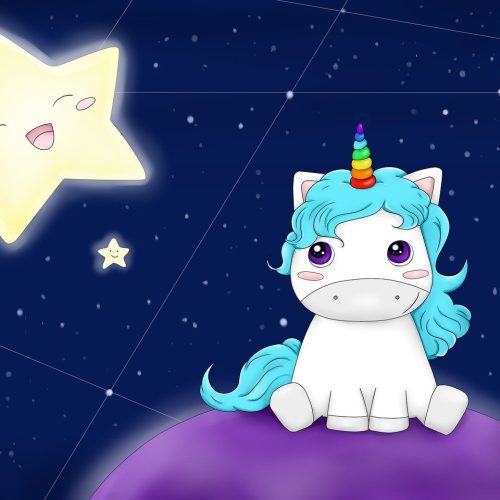

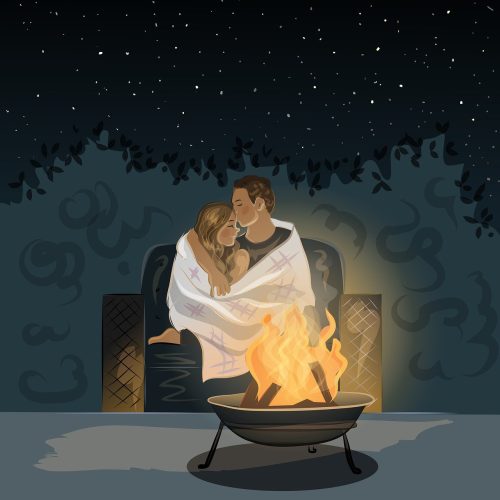
become successful
Conclusion
Cartoonists are more than just artists; they are storytellers, commentators, and entertainers. Their work can make us laugh, think, and even cry. In an age where visuals dominate our daily lives, the work of cartoonists holds a unique place. Whether it’s the political satire of an editorial cartoon or the family humor in a comic strip, cartooning captures the essence of life in a way that is both profound and accessible. So the next time you chuckle at a Bugs Bunny episode or find depth in a John Callahan cartoon, take a moment to appreciate the cartoonist behind the creation. Their art enriches our world, one panel or frame at a time.